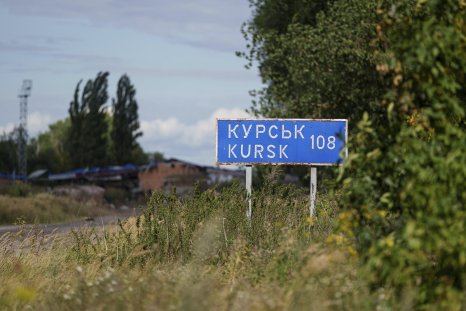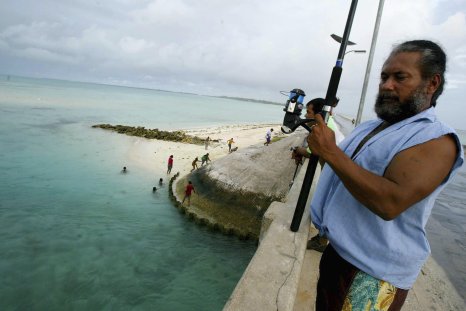Japan's plans to expand a bullet train line linking Tokyo with the port city of Tsuruga is under increased scrutiny after a sharp rise in estimated costs.
Extending the Hokuriku Shinkansen to Osaka is now forecast to be $36 billion, assuming a constant inflation rate of 2 percent, Japan's transport ministry told legislators from the ruling Liberal Democratic Party last week, per local media. That's more than double the $14 billion price tag projected in 2016.
The rise was attributed to the higher cost of supplies and labor.
"We need to see more detailed data," Japanese publisher Nikkei quoted Hiroshi Hase, governor of Ishikawa—one of the prefectures the extension would run through—as telling the press last week.
The transport ministry said it was not able to share an updated cost-benefit ratio. The 2016 estimates put it at 1.1, the minimum level necessary to start construction.
The project may take up to 28 years to complete, more than a decade longer than previously estimated, per the Japan Times.
The extension would run from Tsuruga in the central prefecture of Fukui to Osaka, Japan's third-largest city. The ministry unveiled three possible paths through Kyoto on the way to nearby Osaka.
All three would involve building the new Kyoto stop underground. One would put the new stop about three miles west of the existing Kyoto Station, while the two alternatives would be constructed beneath the station.
The Liberal Democratic Party hopes the route will be greenlit this year, with the aim of starting work on the extension in 2025.
Japan's Foreign Ministry did not immediately respond to a written request for comment.
The country's shinkansen, or bullet trains, transport approximately 150 million passengers per year. The high-speed rail network's nearly 2,000 miles of track are the second-most extensive Asia, connecting cities across three of its four main islands: Honshu, Kyushu and Hokkaido.
The Tokaido Shinkansen remains Japan's oldest and busiest line. Other key lines include the Sanyo Shinkansen, which links Kansai to the western Chugoku region; the Tohoku Shinkansen, which connects Kanto to the northern Tohoku region; and the Joetsu Shinkansen running between Kanto and Honshu's west coast.
The fastest train in Japan, the Hayabusa, operates on the Tohoku and Hokkaido lines and reaches speeds up to 199 mph. A train is generally classified as high-speed if it exceeds 124 mph on upgraded tracks or 155 mph on new ones.
In April, reports surfaced that the Biden administration is considering a high-speed rail project, potentially using Japanese bullet trains to connect Houston and Dallas.
Disclaimer: The copyright of this article belongs to the original author. Reposting this article is solely for the purpose of information dissemination and does not constitute any investment advice. If there is any infringement, please contact us immediately. We will make corrections or deletions as necessary. Thank you.



